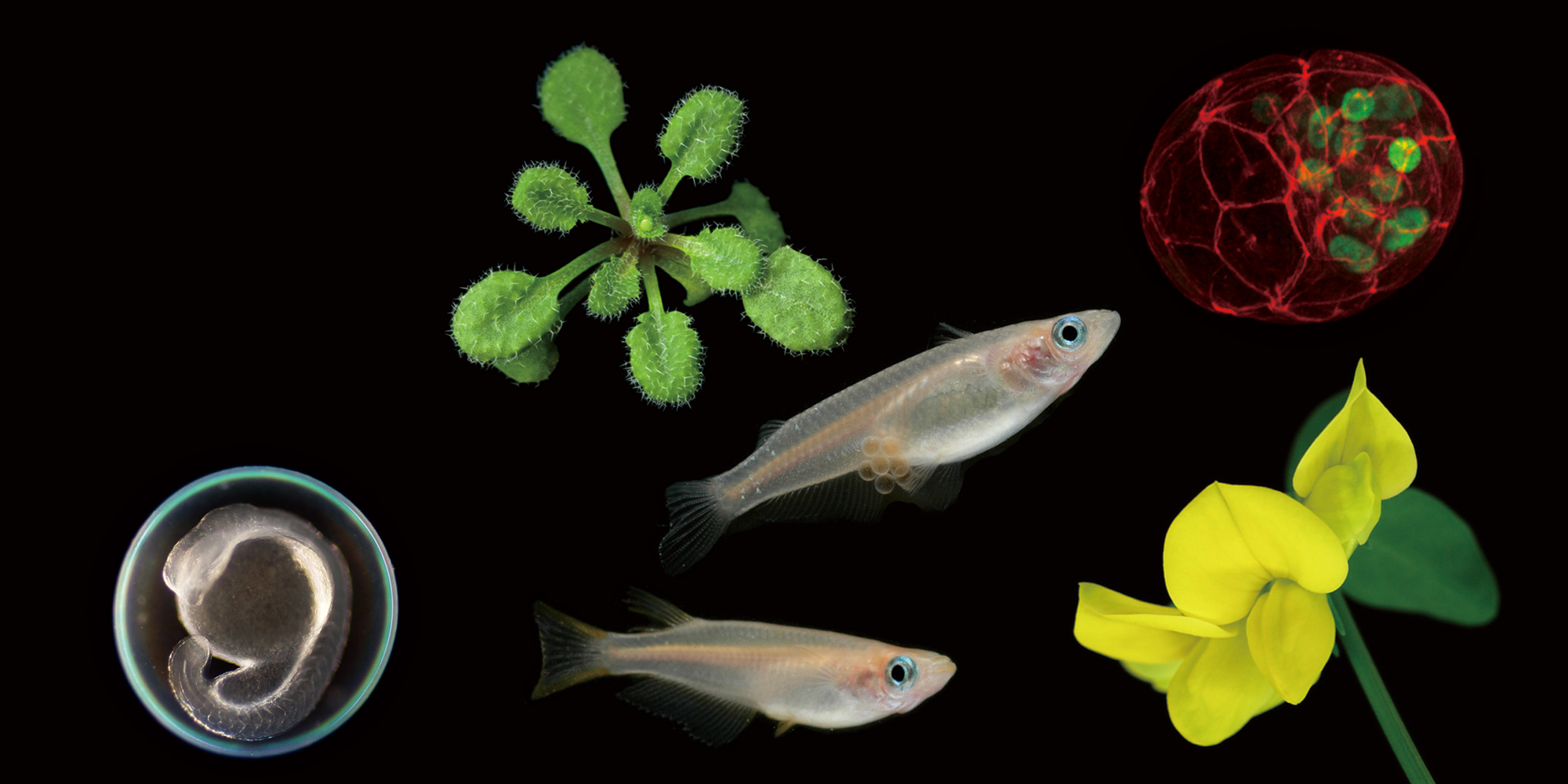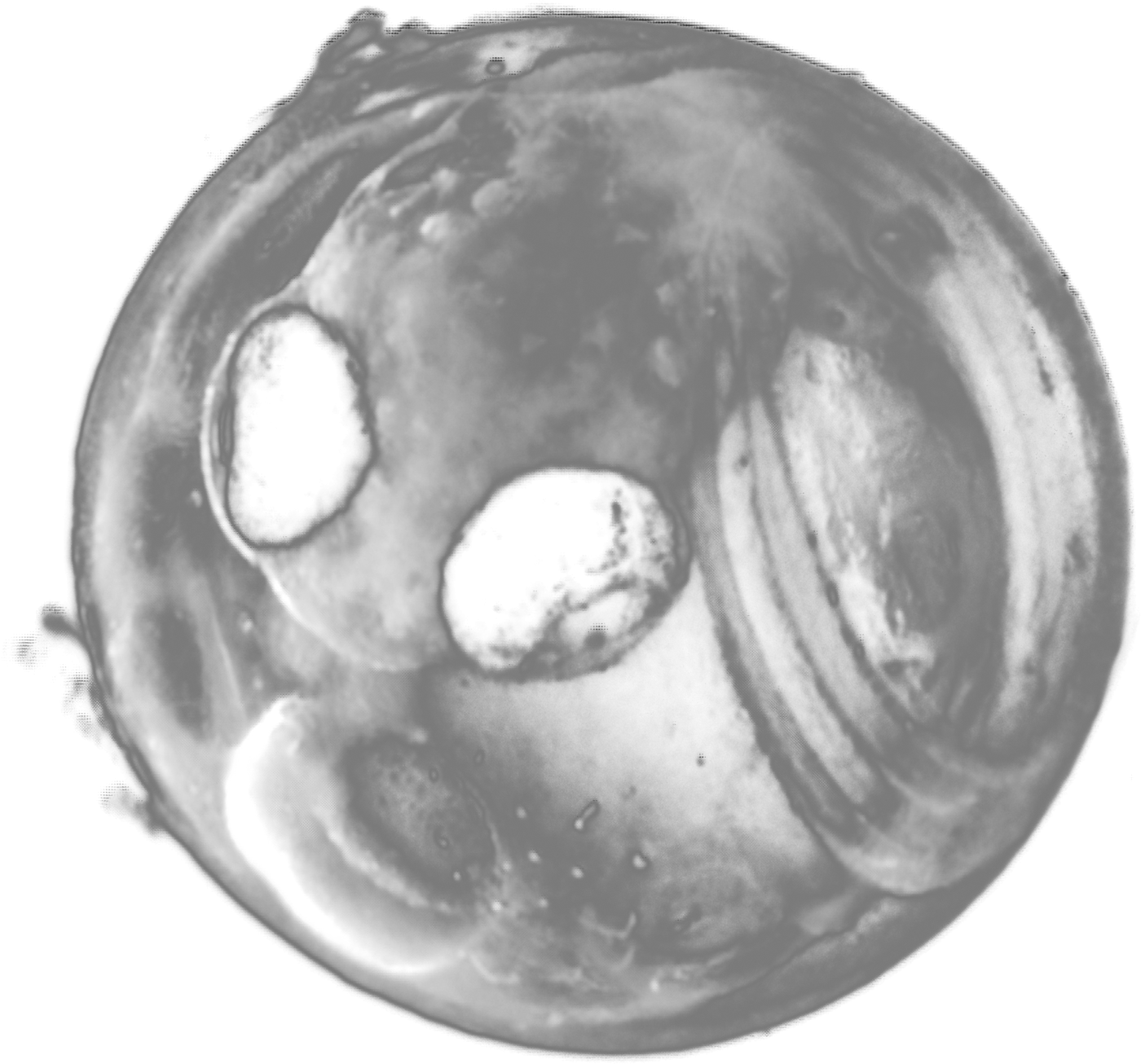2009.11.10 部門公開セミナー
Disruption of Prostate Development by Dioxin
Professor Richard E. Peterson School of Pharmacy and Molecular and Environmental Toxicology Center University of Wisconsin, USA
2009年11月10日(火) 15:00 より 16:30 まで
山手地区3号館2階共通セミナー室
分子環境生物学研究部門 井口 泰泉 内線5235
2,3,7,8-Tetrachlorodibenzo-p-dioxin (TCDD or dioxin) interferes with C57BL/6J mouse prostate morphogenesis by impairing prostatic bud formation in the fetal urogenital sinus (UGS). TCDD completely inhibits prostatic bud formation in the ventral UGS region, causing ventral prostate agenesis, and decreases the number of buds formed in the dorsal UGS region, thereby reducing dorsolateral prostate size. TCDD-induced down-regulation of sox9b is known to play a critical role in the mechanism by which TCDD inhibits fin regeneration and jaw development in zebrafish (Mathew et al., 2008 and Xiong et al., 2008). Here we report that TCDD-induced down-regulation of β-catenin-dependent SOX9 plays a pivotal role in the mechanism by which it inhibits prostate development in mice. In control male mouse fetuses β-catenin-mediated transcription is localized to UGS basal epithelial cells that are involved in prostatic bud formation. In utero TCDD exposure (5 μg/kg, maternal dose) on embryonic day (E) 15.5 activates aryl-hydrocarbon receptor-responsive gene expression in UGS basal epithelial cells and reduces abundance of SOX9 and other β-catenin regulated proteins in this same cell population on E16.5. Targeted β-catenin deletion in UGS basal epithelial cells produces a UGS phenotype strikingly similar to that induced by TCDD. It includes reduced SOX9 expression in basal epithelial cells and impaired prostatic bud formation. Expression of a dominant stable β-catenin in UGS epithelium protects against TCDD-induced prostatic bud inhibition both in vivo and in cultured UGS tissues. Ectopic activation of SOX9 also protects against TCDD-induced prostatic bud inhibition in UGS organ culture.
These results suggest that TCDD disrupts β-catenin signaling to repress SOX9, a transcription factor known to be required in the mouse for ventral prostatic bud formation (Thomsen et al., 2008). Down-regulation of SOX9 in the UGS basal epithelium may be the mechanism by which TCDD disrupts prostate morphogenesis.







